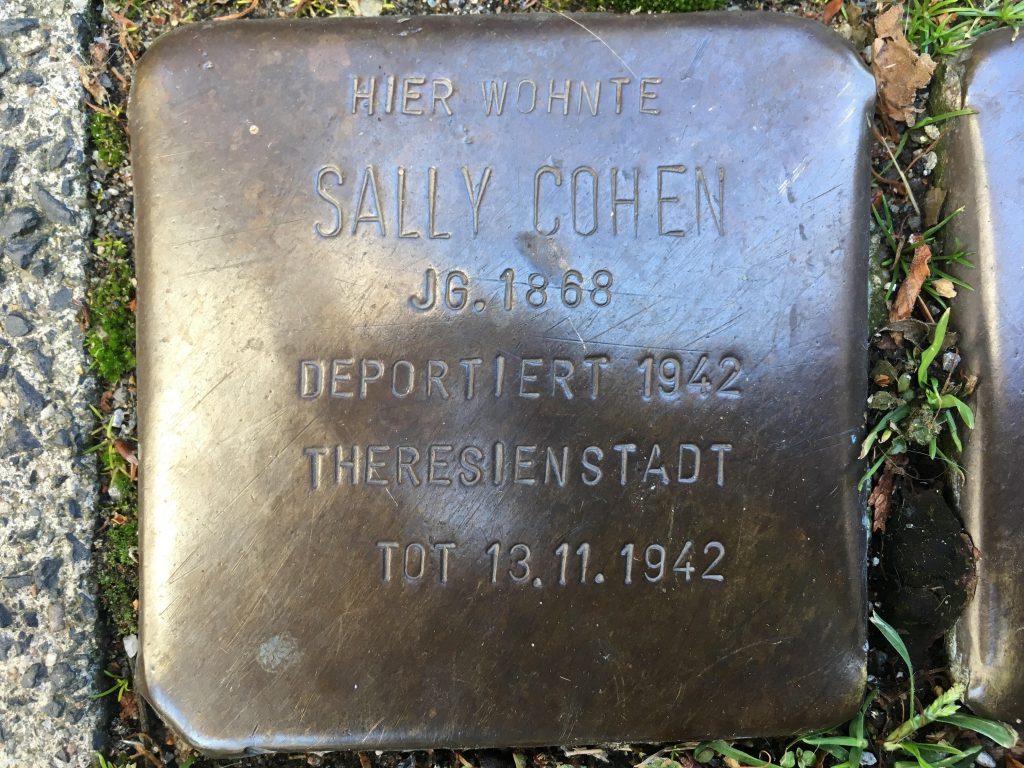The Center learned of the recent passing of Dora Zaidenweber. Dora Eiger Zaidenweber was born on January 24, 1924 in Radom, Poland. She remembers Germany’s invasion of Poland as being “like something you would see in a movie, but never think would happen to you.” In 1941 Dora and her family were forced into the ghetto where she met her husband Jules Zaidenweber. Dora was later transported to Auschwitz before being evacuated on a forced march to Bergen-Belsen. She was liberated on April 15, 1945 and later reunited with Jules, her father and brother. The Zaidenwebers settled in Minnesota in 1950. Dora was among the Center’s earliest supporters when it was founded in 1997.
Dora has always believed in speaking about her experiences and has educated many young people, teachers, and individuals about the Holocaust. If there is a lesson in the Holocaust, Dora believed it was that if you do nothing and ignore the persecution of others, you are no different than those who perpetrate the crimes. Even this last spring, Dora found time to testify at a Minnesota Senate committee hearing on Holocaust education and a class here at the University.

